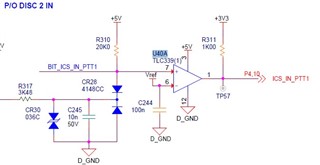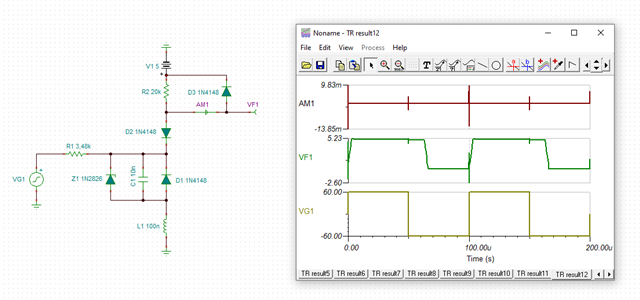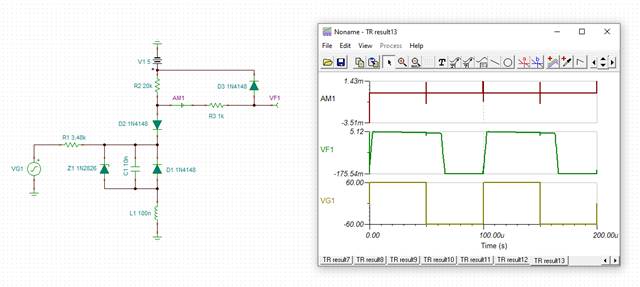The pulse was extended without reason from the input comparator to the output (8msec pulse from the input has prolonged to 44 msec at the output).
Is there any answer/reason for that?
Recently, our system was failed because of 5 faulty components of TLC339IPW.
We enter at the input of the comparator (pin No 7) a 8msec pulse (logic level '0', from the initial and continuous state of '1').
We expected to get almost the same signal at the output (pin No 1), but in those faulty components, we got a pulse of about 44msec ('0'). When we replaced the faulty component with a new component the card worked ok.
When we assembled these faulty components in a useable electronics card, the faulty situation has appeared.
Please see in the attached picture (below), the electronics circuit of one comparator in the Quad. The same electronics circuits are in the other three comparators.
Please see the date code of one of the faulty components.





